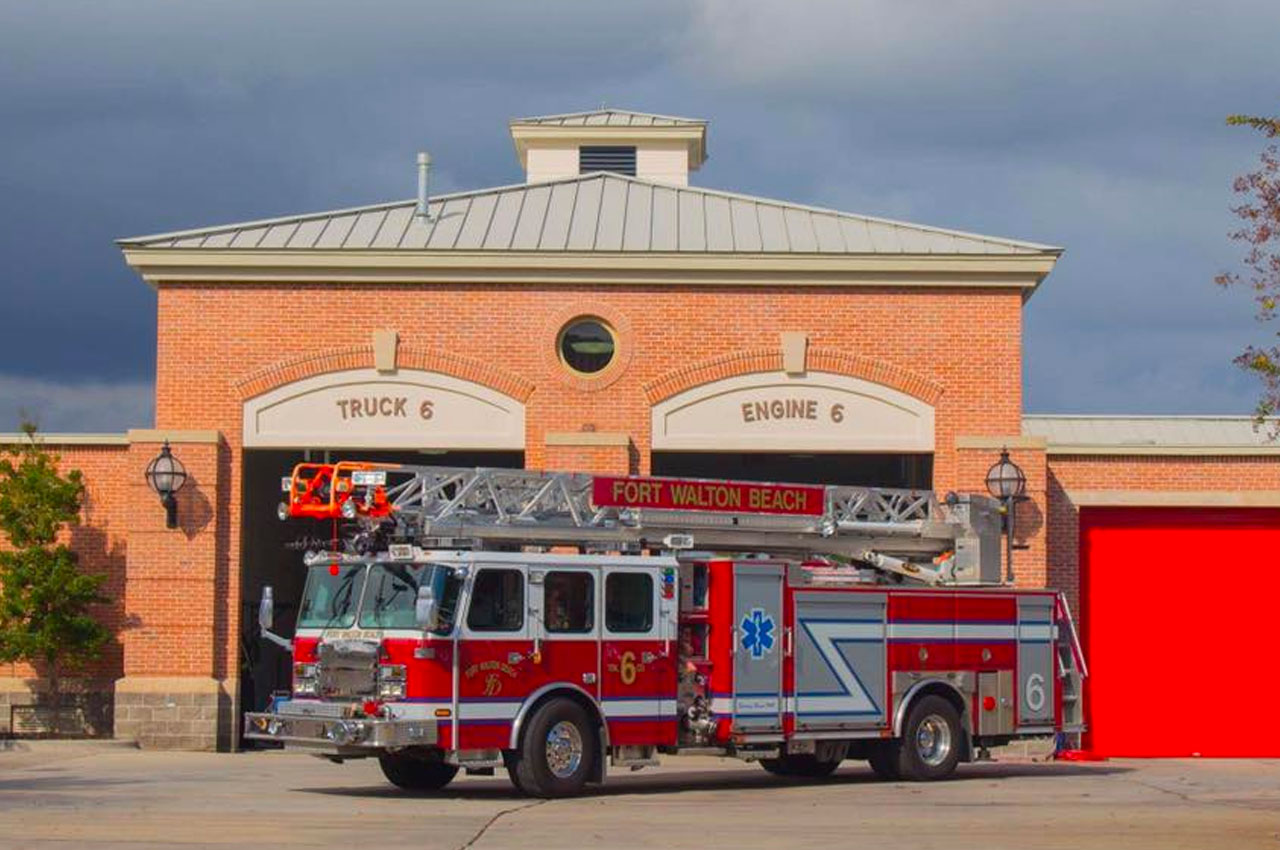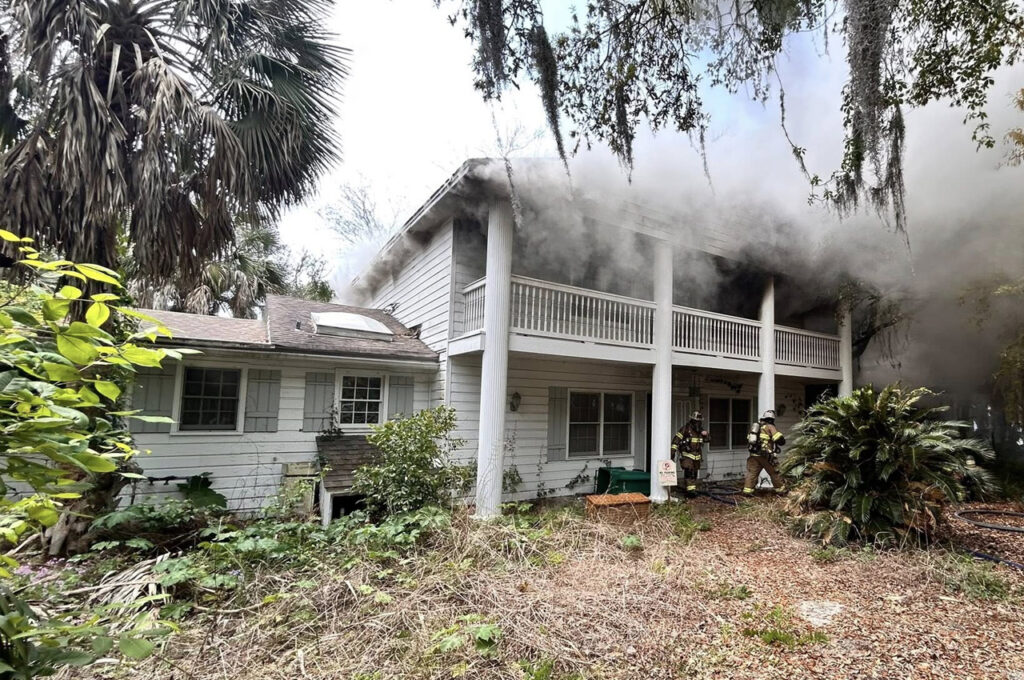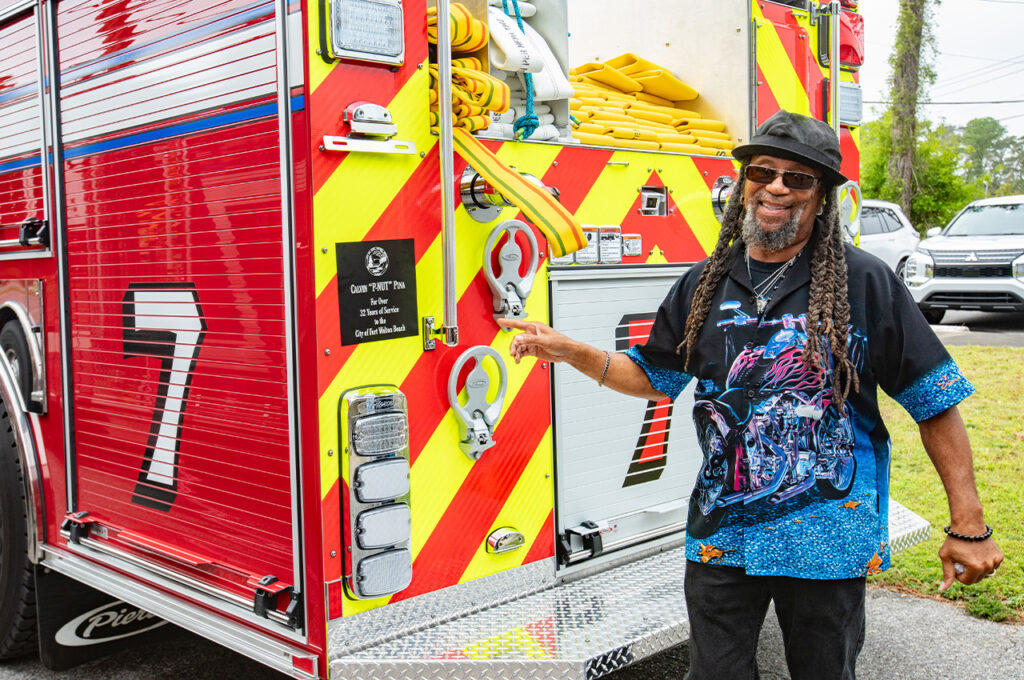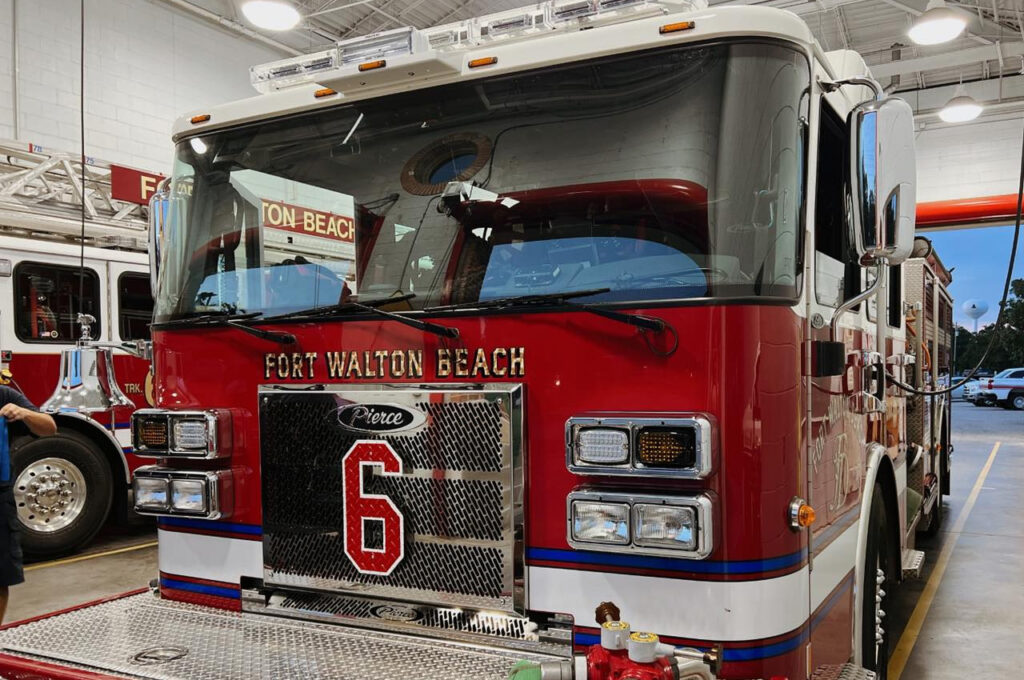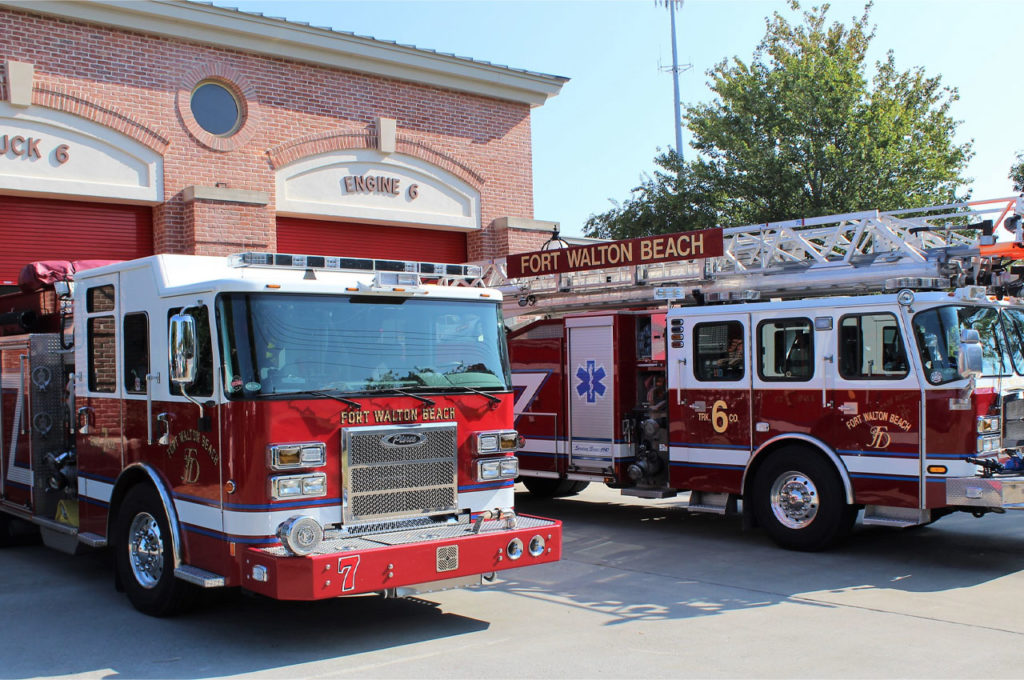Fort Walton Beach City Manager Michael Beedie and Fort Walton Beach Fire Department Fire Chief Ken Perkins talk about the upcoming Fire Assessment Fee and what it will mean for the City and for Fire Services.
Transcript below:
City Manager Michael Beedie:
We had our meeting this past week for our fiscal year 20 budget and one of the items that we did at the beginning of the meeting was get Council to adopt our new strategic plan. We had spent the last four to five months working with the Studer Community Institute to develop a brand new strategic plan for the City and we held four sessions starting in March so we could determine what, what strategies we wanted to focus on to determine the direction that the City wants to move.
We determined that “core services” is a key feature for the City, mainly Public Safety, which includes Fire employees and also investing in our employees because they’re the reason that the City is such a great place to be. And so we adopted that plan at our budget policy meeting and then that led into four or five different budget policy items with the main one being a Fire Assessment Fee.
And that fire assessment fee really sets the stage to allow us to do everything that we need to do. Make our services better, invest in our employees, and really bring the city to the next level.
Fire Chief Ken Perkins:
Well, a fire assessment fee is nothing new in Florida government. There are many cities, many counties across Florida that use a fire assessments fee to fund their fire protection efforts. A fire assessment fee cannot be used for anything else except fire protection. The money that’s collected must go for the protection of buildings.
It can’t be used for our ALS services, our advanced life support services, our medical stuff because that benefits people, it doesn’t benefit property. So, the assessment must benefit your property. The assessment will allow the fire department to do two things. One, it will allow us to do some much needed enhancements that we have been discussing with council for the last several years.
Primarily, it will allow us to upgrade our current rescue vehicle to a regular engine company. And what that means basically is the truck that they use now is, number one, it’s outdated and it’s down for repairs, and it’s not coming back. But it’s strictly, it’s not a firetruck. It doesn’t carry hose. It can’t pump water. It doesn’t have lines and and ground ladders. So it strictly takes our, our paramedics and EMT medical calls.
We have to have 12 personnel to staff a fire engine for all three shifts. There are four personnel that staff it, four on each shift. And so basically we’re providing half that staffing already, but we’re providing them a vehicle that’s very limited in its capabilities. So this assessment will allow us to add the other six persons that we need to round that out and then we’ll get 10 times the service out of this new vehicle.
It will be able to respond to the north end backing up our, our north end firefighters in the Kenwood area. When our ladder truck is out providing mutual aid to some of our other surrounding fire service partners, that engine company now will be able to remain in the station and to continue to provide coverage within the city, which was something we didn’t have before.
You can’t do that with a rescue. So, it’s a big improvement. It adds additional personnel on the scenes of fireground, which we struggle with sometimes getting adequate personnel.
The other thing is that, and this is huge for us, is that it will restore the the Deputy Fire Chief position in the fire department and that is huge for us. We lost that position and an inspector position during the recession. Since this is a large military-type town, an area that the deputy fire chief is the executive officer, or the XO of the fire department, it is the vital link between the Fire Chief’s office and the line personnel.
They deal heavily in the operations training, logistics of the fire department. They deal heavily was the Firefighter Health and Safety Act that was put in place. And so, it’s important to have that spot and we haven’t had it for some years now. Every year we do an employee survey and every year it comes back that, that position is sorely missed.
There’s a lot of things that seem to fall through the cracks. So for the fire department, it’s great. The assessment will provide some much needed funding to do some great improvements. Also restore some positions that we didn’t have before. And then, because we’re replacing some of our funding with this assessment, that will free up a lot of general fund dollars, which can be used in other places such as the police department. I think the City Manager talked about some increases in some benefits for the employees throughout the City. So it’s a win win.
Nobody likes to ask for additional funding. The city and the elected officials, the fire chiefs, we don’t like to do it. But, we’ve identified that we’ve got some core services that need some improvements. We’ve fallen a little bit behind and this is a way that we can fairly catch up.
But we definitely have to have two additional public hearings on the budget. I believe one of those will be in August and one will be in September. The public is obviously welcome and they are encouraged to come out and listen to what the City’s needs are. There are different ways that we’re approaching that through this fire service fee and some other things that we’re talking about with the millage rate. So we encourage the public to come out and be involved in their city government.

